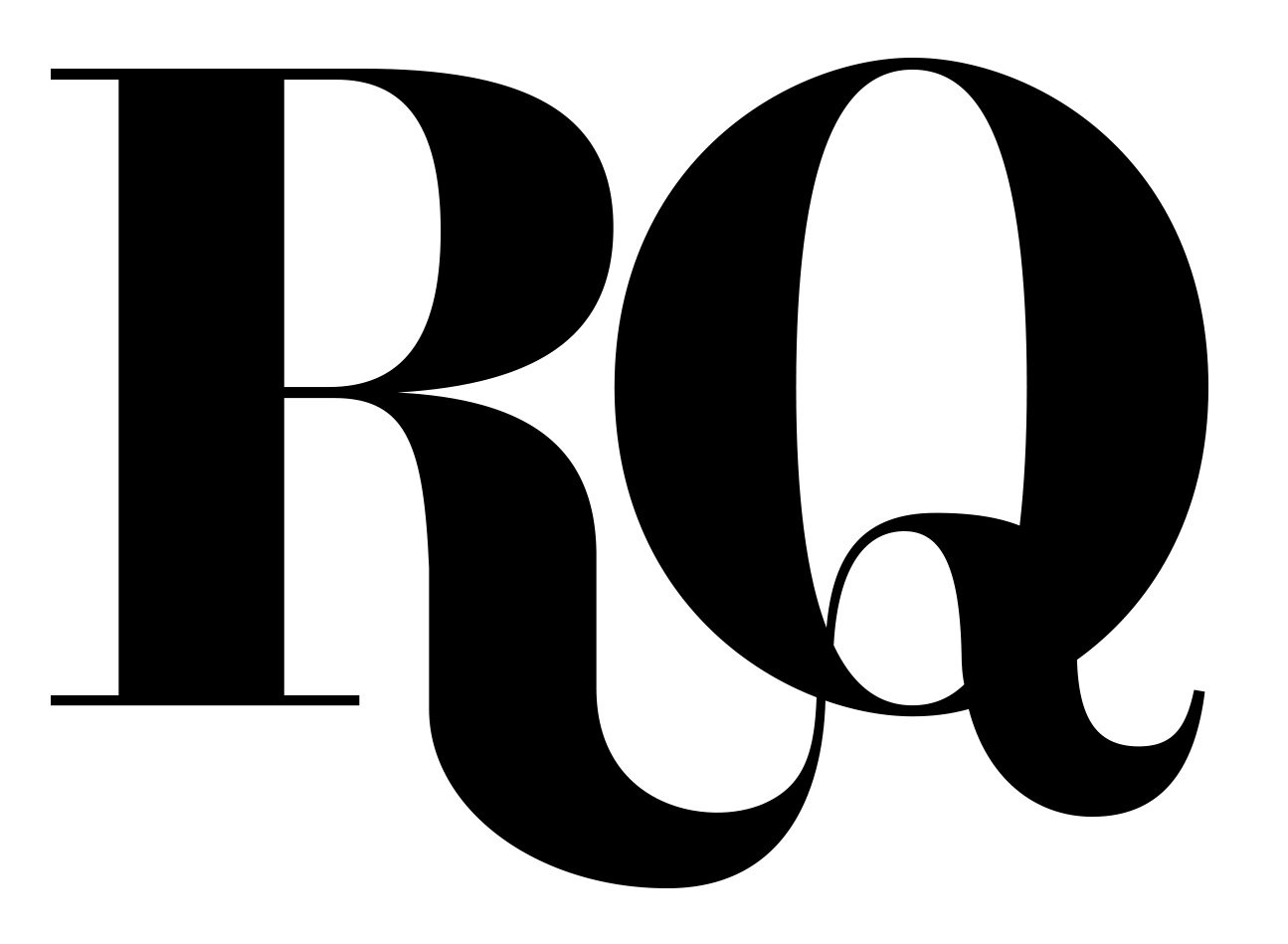NONFICTION // Monsters: A Case Study
by Lorraine Daston & Katharine Park
EXCERPT // ‘Wonders and the Order of Nature: 1150 - 1750’
“The significance of the monster’s conformation helps to explain why so many reports of monstrous births contained images, not only in printed broadsides, whose woodcuts served as a come-on to potential buyers, but also in private chronicles and diaries. Many such figures resembled contemporary images used in the art of memory, each pictorial element relating to a different item to be recalled. Such images could be used as objects of religious meditation, serving as a vivid reminder of sins to be avoided and consequences to follow if they were not. In their composite nature, they also recalled the iconography of pagan idols and, especially, of demons, which were frequently represented as hybrid figures, constructed of many different animal and human parts. These visual references strengthened their associations with temptation, punishment, and sin.
At the same time, particularly in the early days of printing, the images of monsters and other prodigies conduced to belief, just as photographs in tabloid newspapers do today, underscoring the authenticity of the report and heightening its emotional effect. Through illustrated broadsides, even non-eyewitnesses could experience the horror of the birth. Such considerations also help to explain the frequent references to witnesses and the emphasis, even in the most abbreviated broadsides, on the crucial circumstantial details of place, date, and time. Not only did these lend credibility to the account, but they were also integral to the cultural meaning of the monster as prodigy, since they allowed the audience to determine for whom the warning was intended and when the threatened disaster might occur.”
Ryan Adams is a prolific singer-songwriter. His words play in between a burning desire to say everything and the need to fold himself away like a card table. He perfectly paints the picture of the sad sap in the bar who can’t find love, and the former lover who fucked all your friends and then, perhaps more devastatingly, stole your record collection. He captures exquisitely the fraught relationships we have with the people and places we call home; crippling anxiety and depression; the terror and the possibility of loving another human being; and the freedom of letting it all go.
As renowned as his musical prowess is Adams’ mercurial temperament. Since the ’90s, he’s been smashing guitars, alienating industry bigwigs and audiences—do NOT request songs by Bryan Adams at a Ryan Adams show—ghosting on collaborators, and shit-talking fellow musicians (see Ryan Adams v. Jack White; Ryan Adams v. Father John Misty; Ryan Adams v. The Strokes). His public life has been a merry-go-round of acclaim and apology.”
For full text and images, consider reading RQ in print, on a Sunday afternoon, sun streaming through your window, coffee in hand, and nary a phone alert within sight or in earshot… just fine words, fine design, and the opportunity to make a stitch in time. // Subscribe or buy a single issue today. // Print is dead. Long live print. //

